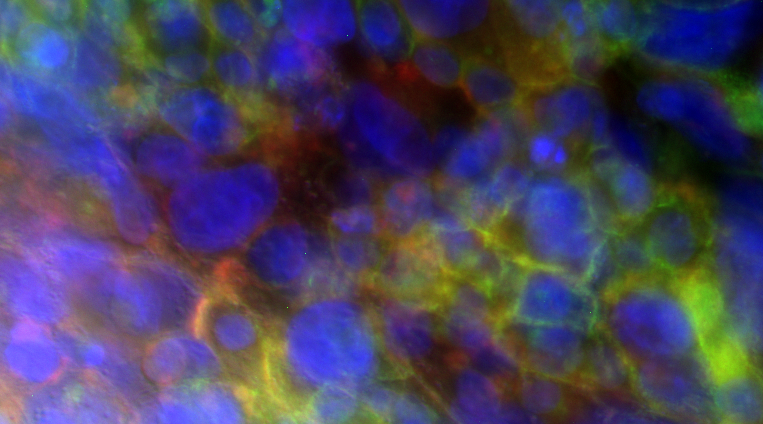The placenta serves as a protective barrier, enabling transport of nutrients and waste between a mother and her developing fetus. This barrier is highly regulated and generally performs its necessary functions throughout the course of pregnancy. In some instances though, this barrier fails to prevent molecules that can negatively influence fetal development from passing through to the fetus. We are currently working towards a tissue engineered model of the placenta, recapitulating key regulatory features of placental transport,
in order to better understand how some of these molecules may pass through. In particular, we are interested in using this model to understand how transport of commonly used substances, such as prescription medications, occurs at this barrier.


